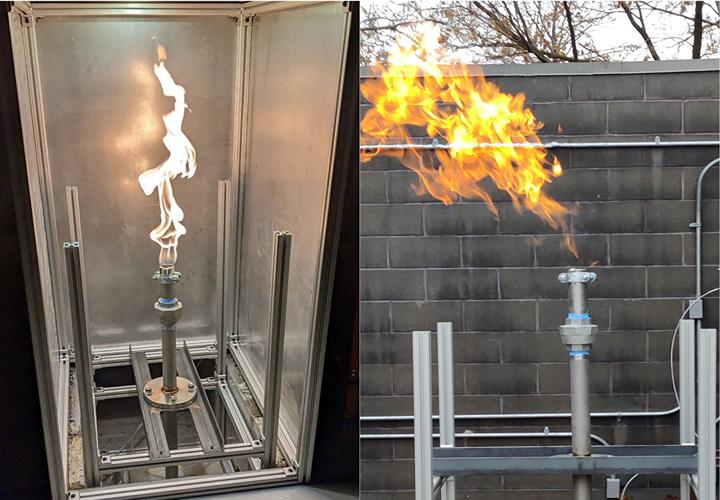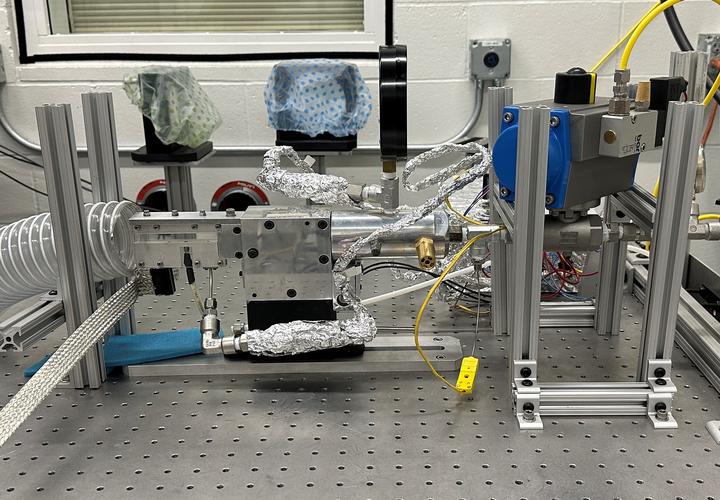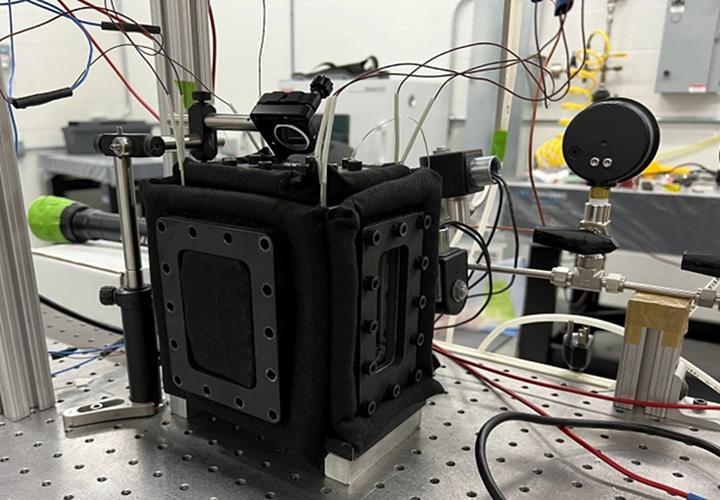Experimental Facilities
Equipments

3P Lab is located within the University of Minnesota Engine Lab premises. The 6,000-square-foot laboratory is a state-of-the-art engine and combustion research facility. It contains two engine test cells with AC regenerative dynamometers and a combustion research laboratory, which houses an NSF-MRI-sponsored rapid compression and expansion
machine (RCEM), multiple high-pressure optical vessels, a laboratory scale flare simulator, and a miniature supersonic wind tunnel. 3P Lab is equipped with all the necessary features for safely operating combustion equipment, including ventilation, exhaust ducting, gas detection, and safety interlocks. The facility also contains offices, storage, and shop space.
University of Minnesota's Engine lab has a long history of the development of sampling and dilution systems for nanoparticle measurement. A variety of dilution and sampling systems that have been developed in-house are available, as well as a Sierra Instruments BG2 and 2 Dekati Fine Particle Samplers (FPS). Filter sampling and weighing facilities are also available. Pertinent university-wide resources for the analysis of combustion products include the Leclaire-Dow Instrumentation Facility for GC-MS analyses and microscopy.
3P Lab is well-equipped with numerous instruments like SRI Instruments gas analyzer with an FID detector capable of measuring hydrocarbon down to 1PPM, Shamrock 750 spectrometer equipped with Andor iStar ICCD camera, and Hamamatsu PMT for spectral and time of flight measurement of radicals during plasma discharge and combustion, IX-cameras High-speed color, mono cameras, and Lambert image intensifier capable of capturing ultra-fast combustion events at 100,000 fps at 512 x 512 pixel resolution. Tunable nano and pico second lasers for laser-induced fluorescence (PLIF) of atomic species like O and H and molecular species like OH, NO, High-frequency DC and RF power supplies for plasma generation.




